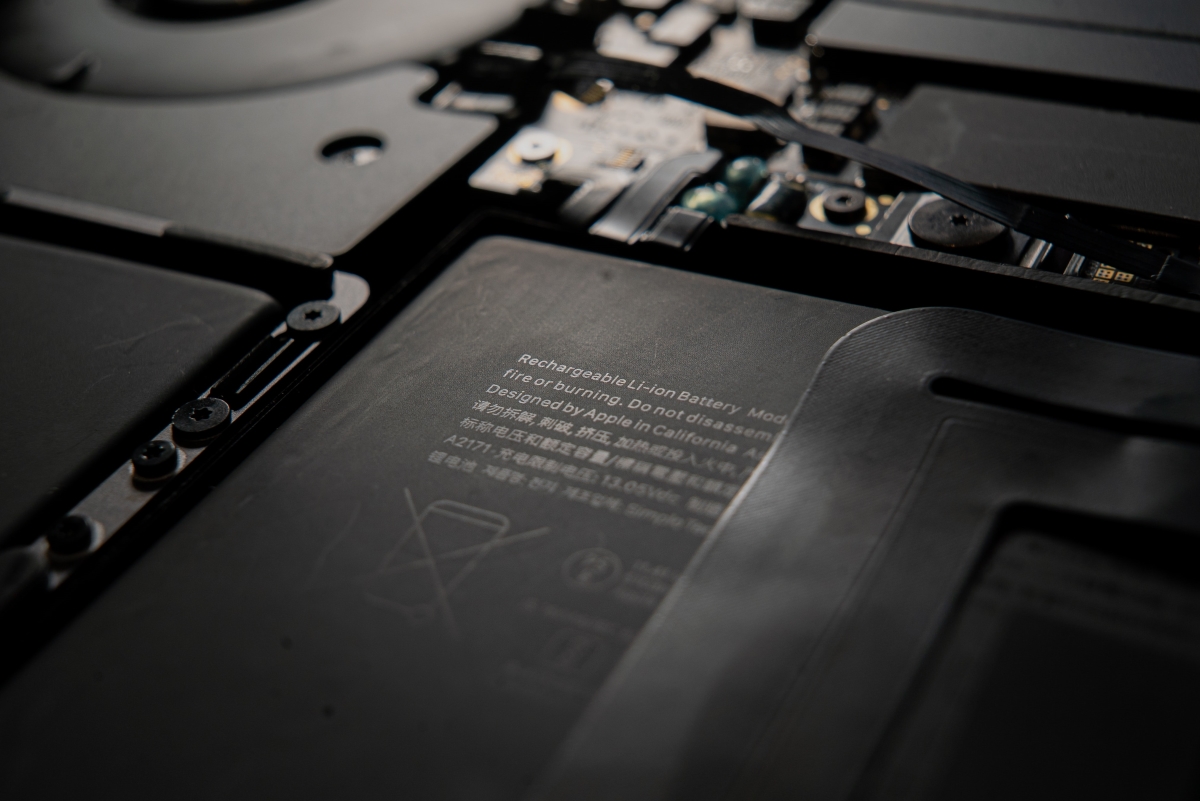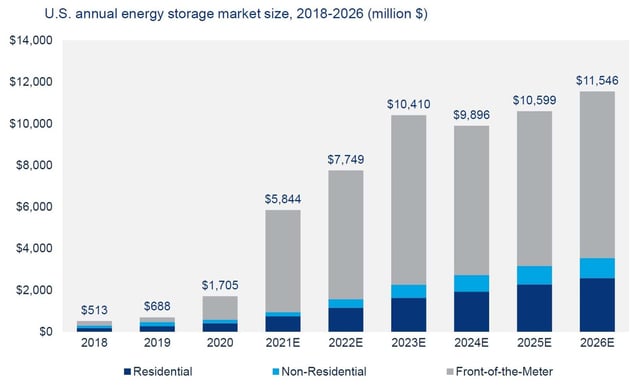
Battery Energy Storage: The Secret to Asset Management
- On August 26, 2021
Renewable energy asset owners and operators are learning a new set of rules. For the last two decades, they have been getting used to solar and wind, the two most widely installed renewable energy technologies around the world.
And these technologies still take the lion’s share of renewable energy investment. Last year, for example, solar accounted for 62% of US private sector investment in renewable energy and enabling grid technologies, according to the American Council on Renewable Energy, and wind made up a further 31%.
But now there’s a new kid on the block, called battery storage—and it’s turning heads. Solar and wind are popular because they are cheap and therefore highly competitive. But because wind and solar plants all produce simultaneously to other assets in their class (when it’s windy or when the sun is shining), at high penetrations these technologies start to see significant price cannibalization. The more capacity you add to the system, the less value you get from the energy produced. The way around this is to store some of the energy so you can sell it when the markets want it, instead of when everyone else is selling it. And thanks to the rise of electric vehicles, asset owners now have an increasingly cheap storage medium which they can add to their solar and/or wind plants. That medium is the lithium-ion battery, and its popularity is soaring.
The US, one of the world’s biggest energy storage markets, saw 910 MWh of battery storage being installed in the first quarter of 2021. That’s a staggering 252% increase over the same period in 2020, based on data collected by the analyst firm Wood Mackenzie for the Energy Storage Association.
 Source: Wood Mackenzie U.S. Energy Storage Monitor
Source: Wood Mackenzie U.S. Energy Storage Monitor
However, as more and more owners and operators embrace energy storage, there is a growing realization that battery asset management is not like looking after solar and wind projects. Solar and wind plants make revenues according to a set of pre-established parameters. Typically, the owner/operator will establish the renewable energy resource of a site—be it solar irradiation or wind intensity—during the planning process. The minimum revenues that can be captured will also usually be established in advance, for example, through a corporate power-purchase agreement, government contract for difference or similar financial instrument. After commissioning, the name of the game is to simply optimize production and earnings through smart asset management and operations and maintenance. This model does not work for battery storage, though.
For a start, batteries rarely have access to a single, steady revenue stream for most of their lifespan. Instead, they make revenues from a range of potential sources, which can change frequently and drastically in line with grid requirements and market evolution. Furthermore, while a wind or solar plant owner only needs to worry about maximizing production, with battery plants it is key to bear modes of operation in mind. The operational profile of a battery providing frequency response services, for example, is quite different to one that makes money from energy arbitrage. And the value of these services can change over time, so battery operators may find themselves changing strategy halfway through the game. Finally, the mode of operation can have a significant impact on the performance and lifespan of the battery. What does this mean for battery plant design and asset management? Clearly, flexibility and adaptability are key.
Learn more about the role of lifetime asset management in battery energy storage systems!
Asset owner/operators should assume that the battery plant they have today will not operate in the same way five or 10 years from now. The implication for system design is that flexibility needs to be built in from the start. The modular design of most battery systems is a bonus in allowing for future expansion, although some owner/operators may choose to oversize their project at the outset to allow for capacity degradation and/or increased utilization in future.
Battery systems should also come with advanced control software that can be used to shift operating profiles in response to new market opportunities. Ideally, such software platforms should be capable of integration with grid infrastructure to enable automated responses to system operator signals.
At the very least, battery monitoring and management systems should be able to:
- Manage big volumes of data with no latency, providing real-time monitoring and control possibilities.
- Offer real-time charge/discharge regulation to enforce the implementation of boundary conditions.
- Provide data management that is transparent and accessible to multiple project stakeholders.
- Grow and integrate with other systems to support replacement and/or augmentation strategies throughout the asset’s lifetime.
- Provide assessment metrics in case of deviation from preferred parameter settings, along with notifications and alarms.
Covering central monitoring, power plant controller and supervisory control and data acquisition functions, UNITY by Inaccess has been designed from the bottom up to maximize the flexibility of battery storage assets.
Are you a battery asset owner or operator and need the right control and monitoring solution for your battery energy storage system?
Photo by Mika Baumeister on Unsplash.

